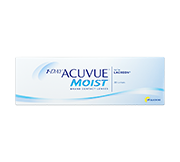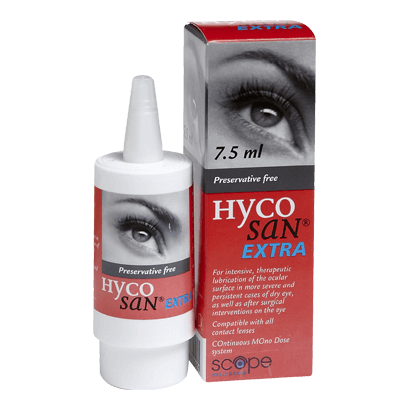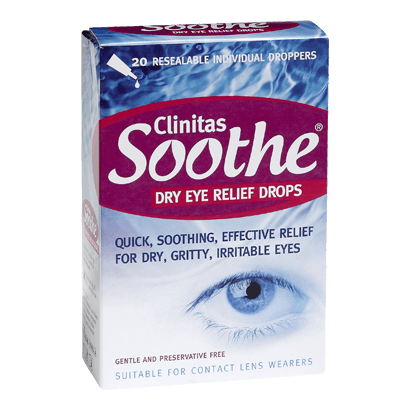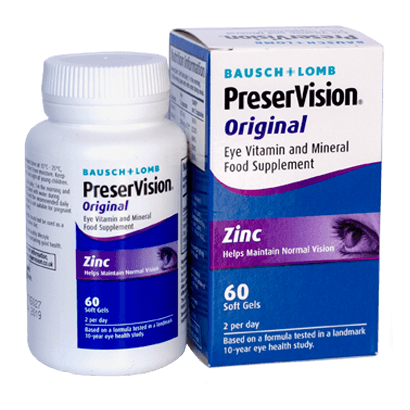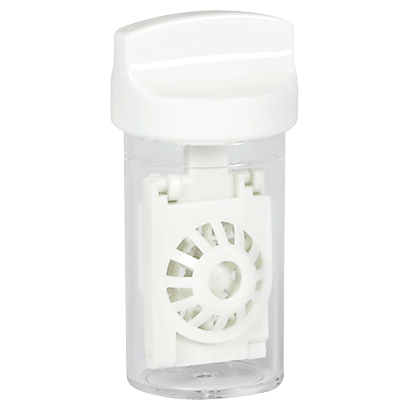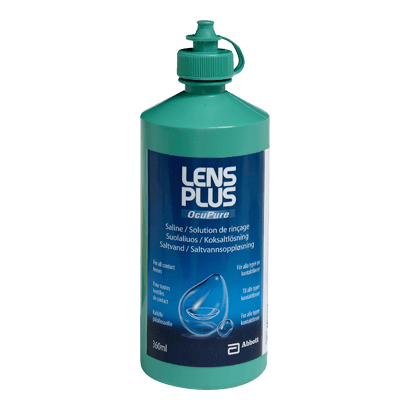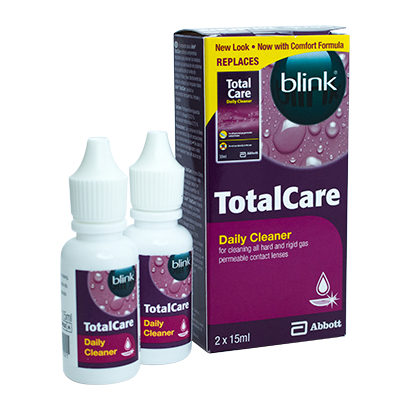Bifocal contact lenses are designed to provide clearer vision for those suffering from presbyopia.
This condition, a result of the aging process, is also called long-sightedness. One of the most common signs forewarning the development of presbyopia, is the need to hold reading material like books and newspapers, further away from your eyes, in order to read the small print.
Bifocal contact lenses are available in both soft and rigid gas permeable materials. Some lenses are designed to be worn for a specific period of time. Once these contact lenses expire, they should be disposed of and replaced with new and fresh lenses. These lenses gives the wearer greater convenience, as you don't have to spend time cleansing, an essential routine for wearers of non-disposable contact lenses.
A number of contact lens manufacturers provide multifocal contact lenses, made from a silicone hydrogel substance. This material allows for a greater degree of oxygen to travel to the cornea, compared to conventional soft contact lenses. For this reason, silicone hydrogel lenses are a lot more comfortable, when wearing lenses daily for extended periods and while sleeping.
Various brands of multifocal silicone hydrogel contact lenses include Air Optix Aqua Multifocal by Ciba Vision, Acuvue Oasys for Presbyopia by Vistakon, Pure Vision Multi-Focal by Bausch + Lomb and Biofinity Multifocal, by CooperVision.
What is the difference between Bifocal and Multifocal Contact Lenses?
There are various differences between bifocal and multifocal lenses, also called varifocal lenses. Bifocal contact lenses are made with two prescriptions within one lens, while multifocal contact lenses have a selection of different powers in each lens. This makes them similar to progressive spectacle lenses.
"Multifocal contacts" is a term used as a general classification for all types of contact lenses having multiple powers. Bifocal contact lenses are also included in this category.
How Varifocal Contact Lenses Work
Bifocal and varifocal or multifocal contact lenses perform in a range of different ways, which is largely owing to their particular design and make up.
There are two basic groups that these contact lens design falls into:
"Alternating vision lenses", which are termed as such because of the ability they give to the pupil, enabling it to switch between bifocal and multifocal prescriptions, while looking up and down.
"Simultaneous vision" lenses depend upon your eyes looking through distance and short prescriptions at the same time. This may sound like a difficult task, however, your vision system is configured in such a way that it learns to select the appropriate prescription through the lens, depending on how close or far you are to whichever object you are looking at.
Simultaneous vision lenses are divided into two types, one being the concentric ring design and the second the aspheric design. The design make up of an alternating vision lens, consisting of two prescriptions, can have the distance power at the top and the short sighted power at the bottom. The lower half of the lens is also flattened, to prevent it from rotating on the eye's surface, when blinking.
Concentric designs have a central circular prescription in the lens, for either short or long sighted vision. Alternating rings surround the central point.
Alternating Bifocal Contacts
Translating or alternating bifocals operate similarly to bifocal spectacles. These lenses have two separate prescription sections and the line dividing the long correction section on top and a short correction section on the bottom is clearly visible. Your eyes switch between the two sections, depending on your need for long or short distance focus.
The mechanism for bifocal eyeglasses functions, because lenses are stationary, even when eyes move. This is also true for contact lenses. Many alternating bifocal prescription lenses have a smaller diameter, in comparison to other soft contact lenses. This allows them to ride on your eye, above your lower eyelid. When your gaze shifts downward, the lens remains in the same place, helping you to see through the lower, short sighted correction section of the lens.
Concentric Ring Designs
Concentric ring designs are made up of layered rings, with the central part functioning for either short or long sightedness. The surrounding rings alternate between short and long sighted prescriptions and the amount of rings can vary, from one, to multiple layers.
It is typical for at least two of the surrounding rings to be within range of your pupil, however this may vary as the pupil dilates and contracts, with differing degrees of light.
Concentric ring bifocal contact lenses come in either soft or hard gas permeable materials. The location of the prescriptions within these lenses can vary:
Hard or rigid gas permeable bifocals tend to have the distance prescription located in the central point of the lens, which is referred to as the centre-distance.
Soft bifocal contact lenses normally have the short sighted prescription in the centre of the lens, referred to as centre-near.
Some soft multifocal designs are made with a centre near-sighted prescription on the dominant eye and a long-sighted prescription on the non-dominant eye.
Aspheric Multifocal Contact Lenses
These types of multifocal contact lenses operate similarly to progressive spectacle lenses, where the various prescriptions merge across one single lens. The difference aspheric contacts have, in comparison to spectacles, is that they are simultaneous vision lenses; therefore your visual system has to learn to choose the appropriate prescription for each individual moment.
These types of multifocal contact lenses operate similarly to progressive spectacle lenses, where the various prescriptions merge across one single lens. The difference aspheric contacts have, in comparison to spectacles, is that they are simultaneous vision lenses; therefore your visual system has to learn to choose the appropriate prescription for each individual moment.
Are Bifocal Contact Lenses Suitable for Me?
Bifocal contact lenses are tried and tested correction contacts that have been prescribed for many years, although they have gained greater popularity within more recent years.
Old bifocal designs were unpopular with many people, leaving those prescribed with bifocals, perturbed and frustrated. Current technological breakthroughs have resulted in a greater variation of designs and this diversity of choice satisfies expectations of bifocal wearers.
Your eye doctor might also suggest you trying the following associated techniques.
Monovision entails the use of one single vision lens on an eye and a multifocal lens on the other.
Modified monovision is descriptive of one single vision lens on an eye and a multifocal lens on the other.
Which Bifocal Contact Lens is Suitable for My Vision?
Your eye doctor will take into consideration two factors, when selecting the bifocal contact lenses most suited to you. These factors are your pupil size and what is called your "add", or near prescription.
Although there are no hard and fast rules, low adds are generally accepted as being suitable for aspheric multifocals. Alternating vision, achieved with a translating bifocal, is a preferred option for high adds. Larger pupils can be problematic for an aspheric multifocal lens.
You may need to experiment with various bifocal contact lenses before you discover the right one for you. Some eye doctors offer free trial lenses to patients, to help them find the right match.
Although trial lenses are free, your eye doctor will still issue some form of charges for the multifocal fitting procedure, as these can be more time consuming than regular contact lens fitting appointments.
Arrange a consultation with your eye doctor, to determine whether bifocal contact lenses are likely to suit your needs and to find the best lenses for you.

